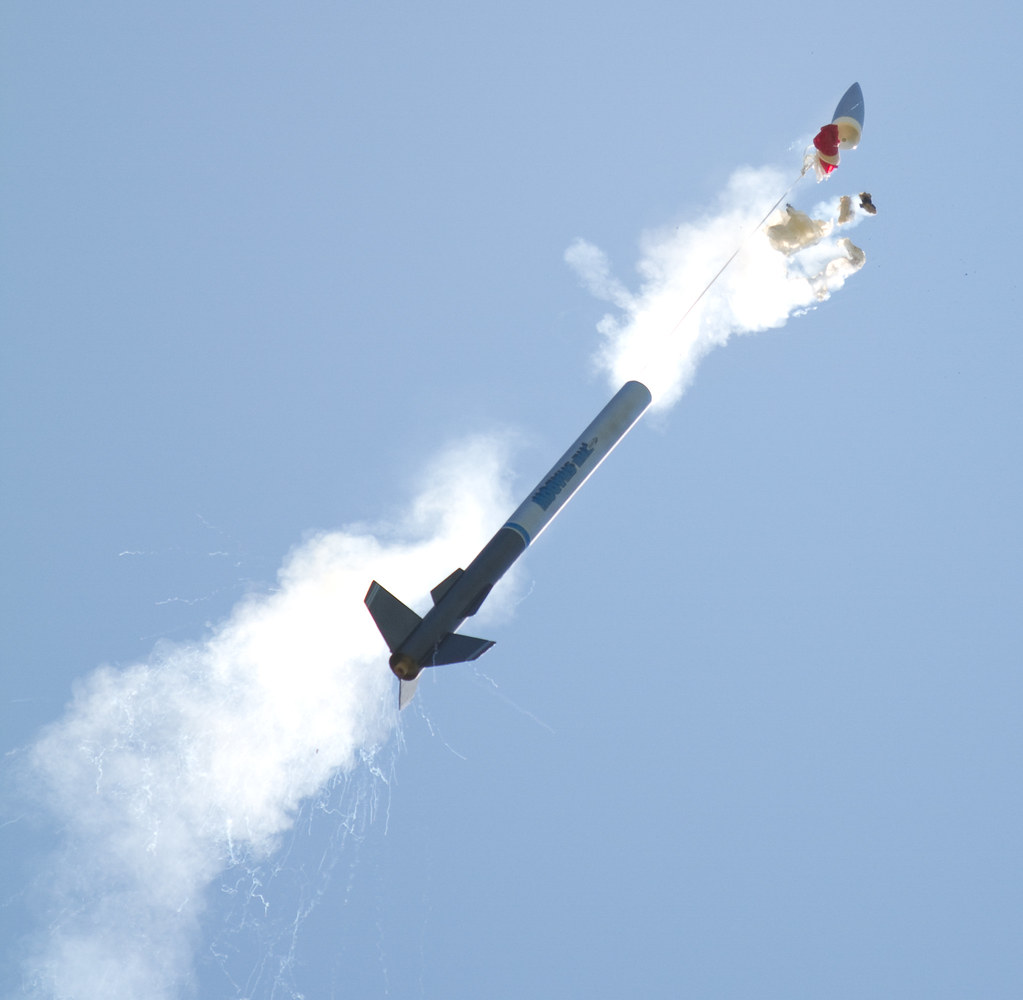Suborbital Maniac
Well-Known Member
- Joined
- Jan 22, 2014
- Messages
- 55
- Reaction score
- 0
Anyone know how I can estimate the maximum safe volume for the ejection charge of various motors ? Specifically, I'm looking at the Estes E to Aerotech F range but it would be good to have a chart for others.....
Making a scaled-up Big Bertha and are pushing what my gut says is safe for reliable ejection but I'd like something more quantitative than my gut !
Making a scaled-up Big Bertha and are pushing what my gut says is safe for reliable ejection but I'd like something more quantitative than my gut !





